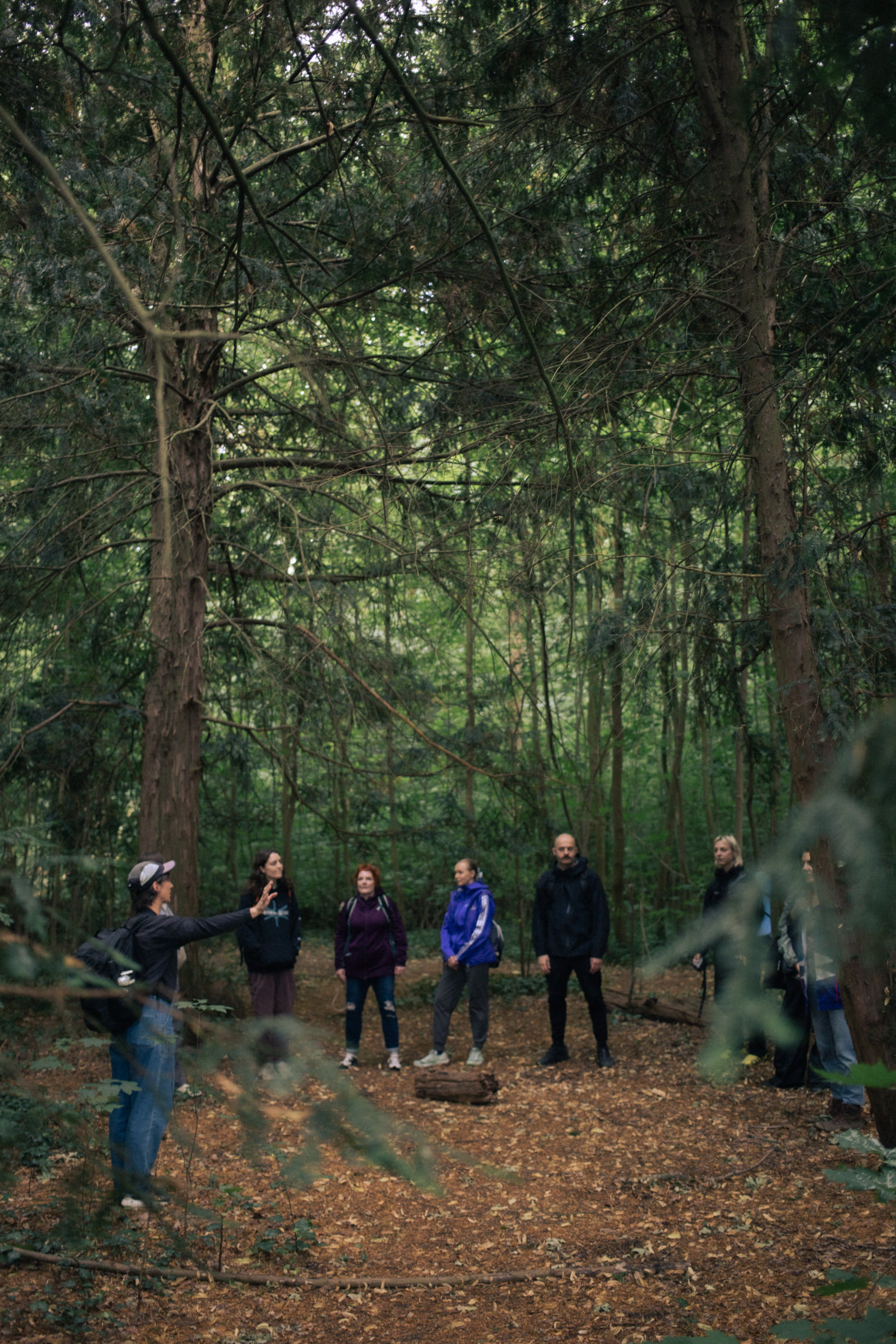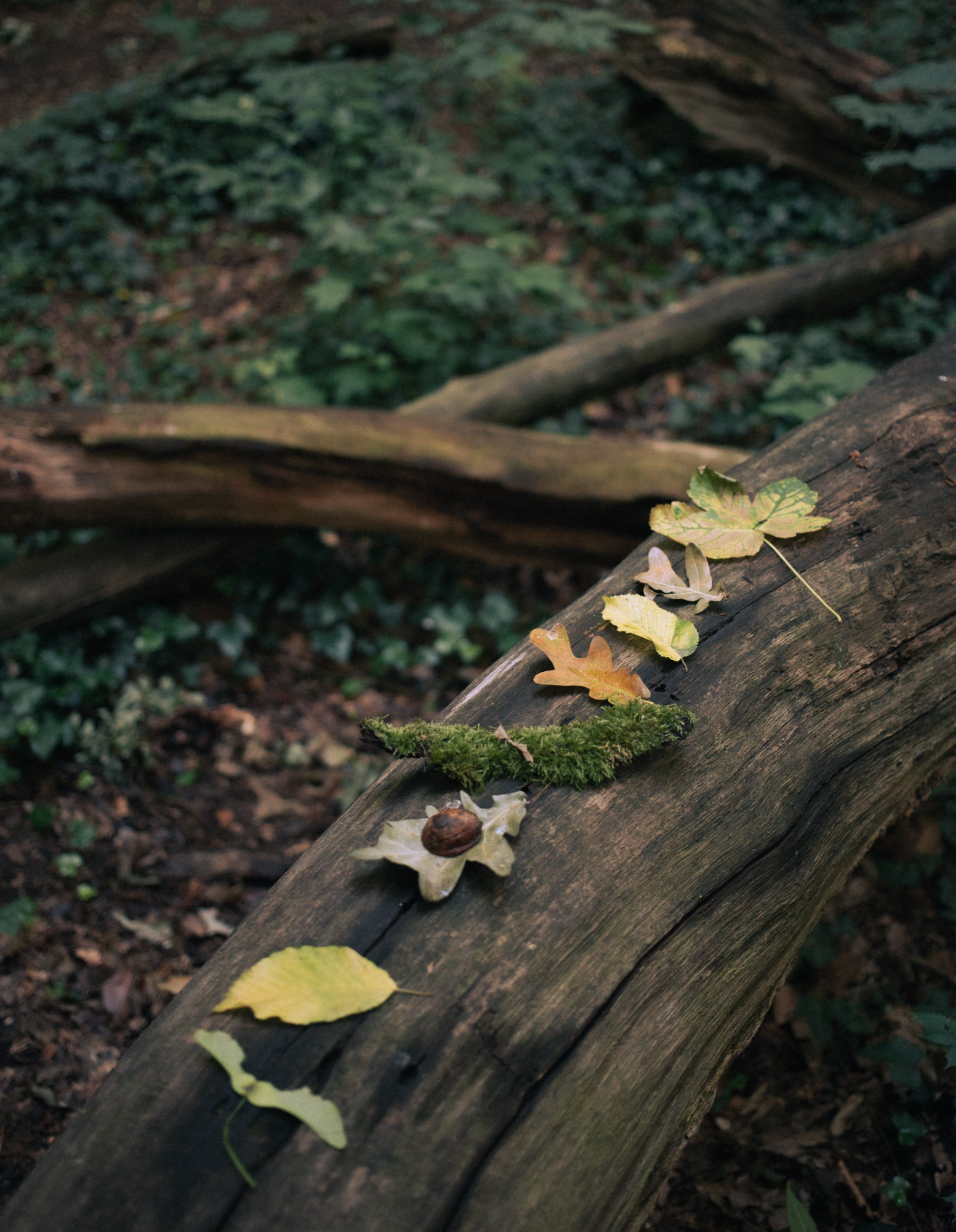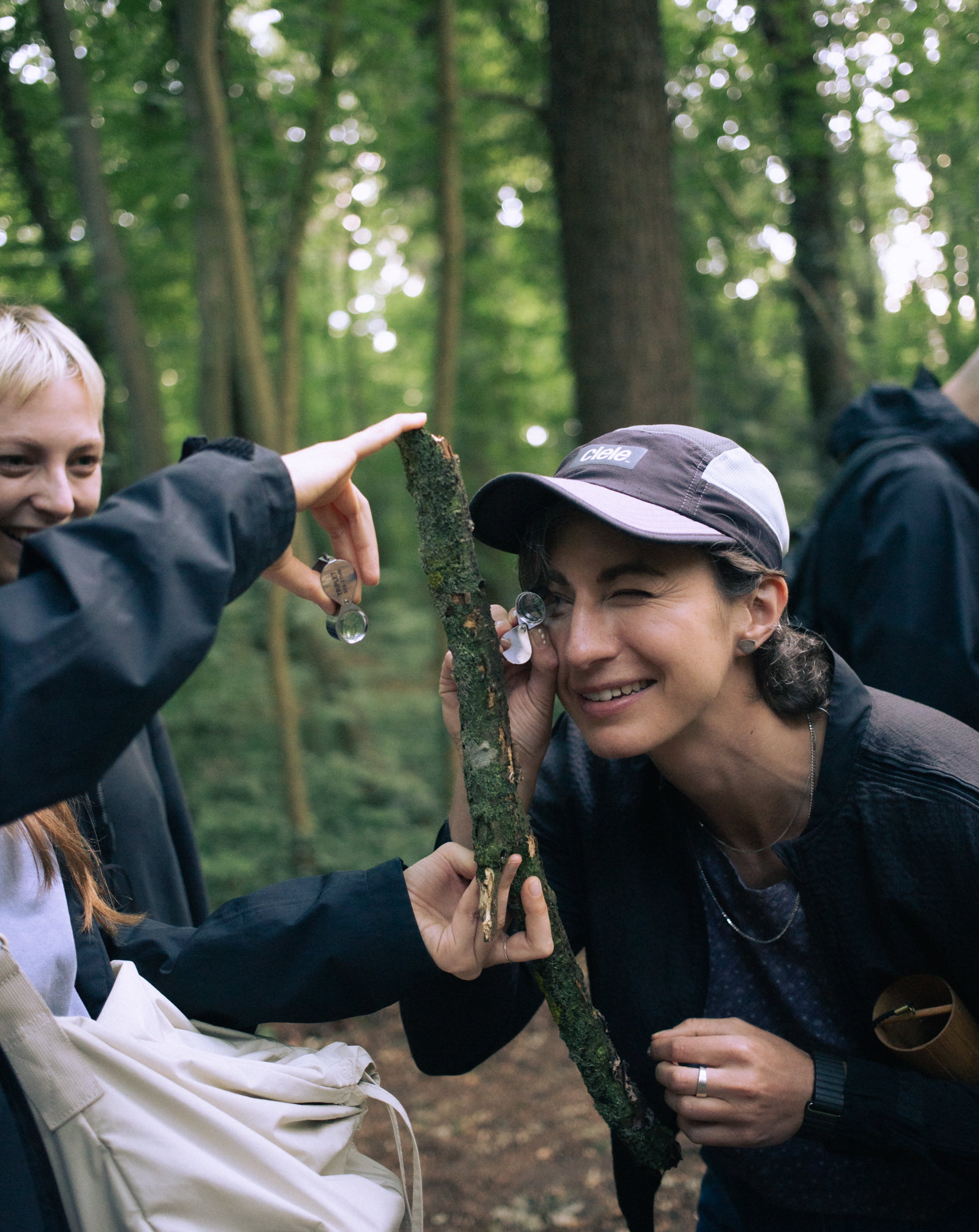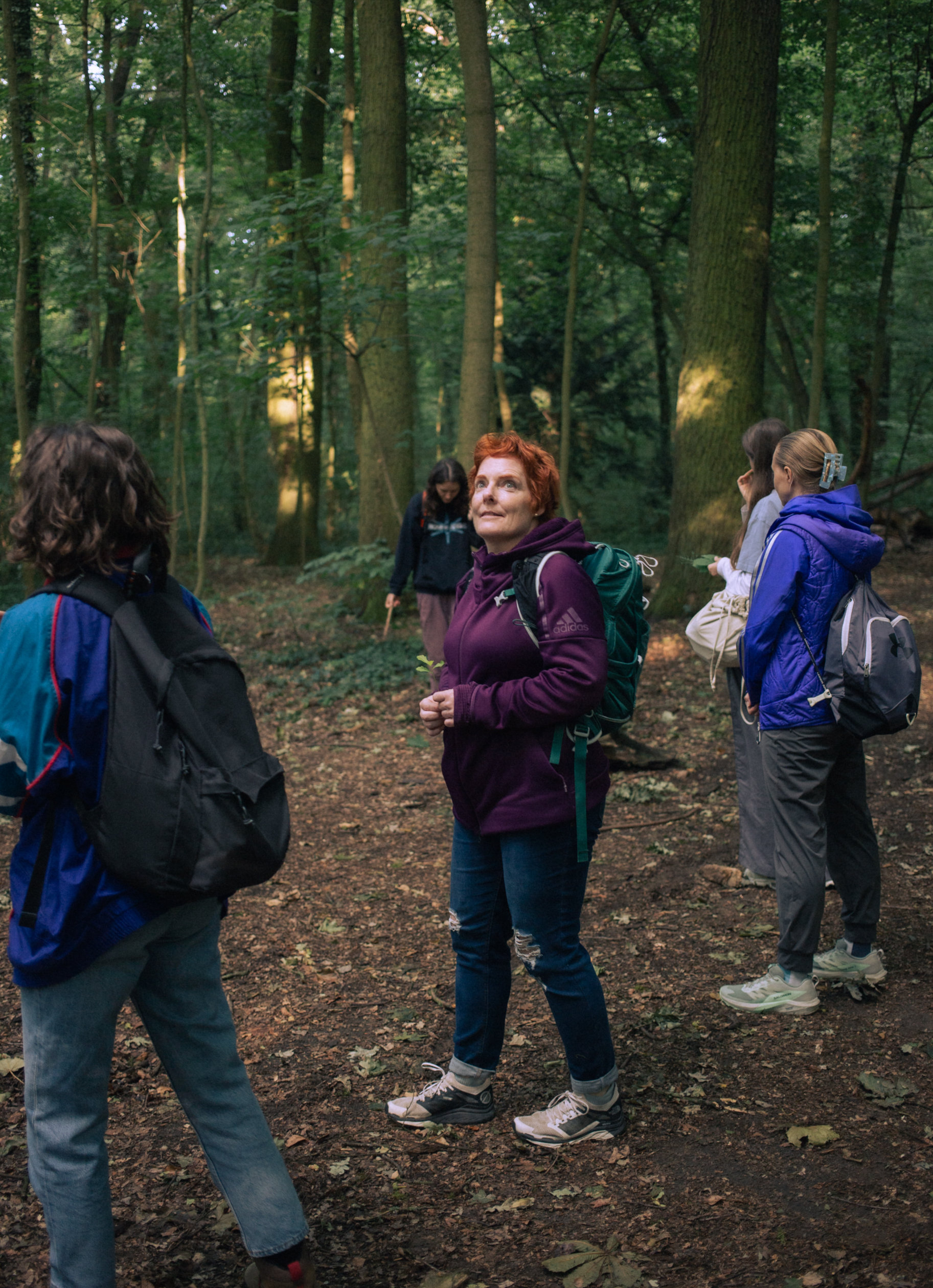FAQs: Updated July 15, 2025
Common questions about forest bathing
Why do I need a guide? What happens on a walk? What should I bring?
Answers to questions folks have about forest bathing with a wee bit of nature in between.
Email me if you still have questions.
What is Forest Bathing?
Sometimes it’s easier to define something by first dispelling what it is not. Forest bathing is not a hike — on a typical forest bathing walk you’re not usually travelling very fast or very far (often 1km or less). It’s also not a nature walk where we identify plants. Knowing the names of plants is really important (and I personally am keen on learning this stuff) but for the purposes of this practice we simply appreciate the beauty of these beings without feeling the need to know what they are.
A forest bathing walk is a sequence of mindful nature connection activities that flow together and lasts about 2 hours. My role as a guide is to help you connect with nature through your senses and in your own individual way. I’m not a therapist or medical professional, I’m simply a facilitator. In Forest bathing, the forest or natural environment plays the role of the therapist and I act as an intermediary — a collaborative partner.
The practice of forest bathing originated in Japan in the 1980’s. “Shinrin-yoku”, as it’s known there, was developed and implemented as part of a national health program designed to reduce stress levels.

Why do I need a guide?
Anyone can and should go for walks in nature on a regular basis. However, as with working out or other mindful practices (like Yoga) you can have a more enriching experience in a group setting with a trained guide.
When we walk alone our minds are more likely to be elsewhere — revisiting the the past or worrying about the future. We’re also less likely to slow down and give ourselves permission to linger in a particular spot — observing the surface of a pond, for example.
Exploring nature mindfully in a group and sharing our experiences, helps us feel more connected — to the natural world and to each other — just like travelling alone versus in a group.
Other benefits of having a guide include:
- Being introduced to new and inspiring ways to observe and explore the outdoors in the form of creative invitations.
- Offloading the planning — I spend hours scoping out locations and creating a flow of different activities in appropriate spots. This ensures that your walk will be as calming and immersive as possible.
- The creation of a supportive, judgement-free space where you can share your experience and truly be heard.

What happens on a walk?
I will guide you and the other participants (no more than 10) slowly through a natural setting, stopping at sites I’ve carefully selected to engage in different invitations or activities. These activities have been designed to help awaken all of your senses and deepen your connections to yourself, others and the more-than-human world — paying close attention to the sensations, sounds, smells and even tastes that you enjoy.
The point of the practice is to find pleasure in the present moment and place, not necessarily about gaining specific naturalist knowledge (though I’m always curious to learn the names and properties of different plants, especially the edible ones and will often point them out anyway). Walks are very gentle, covering about 1km at most, and can last between 30 minutes and 2.5 hours.
Walks often begin with a guided meditation in a peaceful outdoor space, followed by various sensory activities, and finish with a ‘sitspot’ and herbal tea ceremony (or collaborative art activity) to integrate your experience. In the Summer I’ll often switch out the tea for some of my chilled homemade water kefir which I flavour with locally foraged ingredients.
Walks can be adapted to suit the needs of different clients and can be tailored for individuals, private groups, families, businesses, healthcare institutes, schools, and corporate clients.

What should I bring?
I’ll always send out a checklist a few days before the walk, and it will change slightly depending on the expected weather and the location. But the list usually includes:
- Something to sit on, like a small mat or blanket
- Raincoat or umbrella in case of showers
- Water
- An extra layer
- Sunscreen and/or hat
- Insect repellant
- Notebook & pens/pencils — even if you don’t normally draw, it can be an interesting way to connect with the environment
- A snack (optional)

